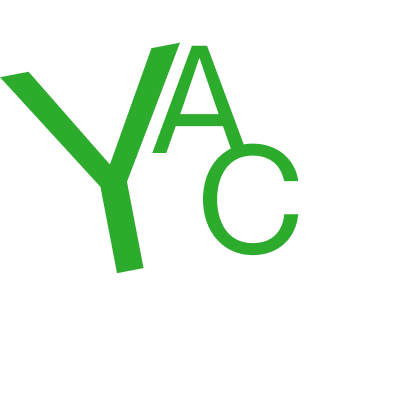Michaela Cullen
Interview by Pippa Eason
-
Published October 2018
-
I met Michaela when I became a studio member of serf, Leeds, in 2016. Her spirited approach to bringing artists together drew me into wanting to know more. Her practice always sparked a feeling of complete intrigue, particularly after seeing her drawings one time in the studio. I immediately felt she was a story-teller. I have long wanted to learn more about Michaela, and her practice.
-
Hello Michaela! As a co-founder of serf (studio & gallery) Leeds, founded in 2016, you have made waves (no pun intended) in the local, and wider art scene. I myself was a member for a time, and truly felt the special community you created. I want to firstly discuss how working in a co-op open studio environment has potentially influenced your practice?
Thanks, I really hope it comes across that way. Developing a sense community and inclusive environment for artists was most certainly the main aim of starting Serf. We have a large committee and studio group who work hard to realise projects and sustain the space. Our intention is that everyone makes up an equal part of it, and in turn has an equal say about what happens there. It’s a framework that can be challenging but ultimately fair and cooperative.
I think the most obvious aspect of community affecting practice at Serf would be the physicality of having other artists working around you, given the studio space is totally open plan. There is a reminiscence of working in a studio at college or university, where you can amenably ask questions, get advice, lend a hand with making, and vice versa. With our focus being on individual professional and creative development we had a shared common goal to establish a studio that we feel aims to represent important elements of the arts community; support networks, opportunities, a varied program and adhering to the logistical needs of the artist.
More recently committee member and studio holder Charlotte Cullen has reinvigorated our ‘Serf School’ syllabus, an idea originally developed by member Isaac Clarke. Whilst it develops, it is currently a tool for Serf members to present work in a crit-style environment, share ideas, screen films, practice a performance etc etc. and to generally critically engage with discourse surrounding our work, and that of our peers at Serf. It feels exciting to learn about other studio holders practice, and it definitely creates a sense of activity and conversation.
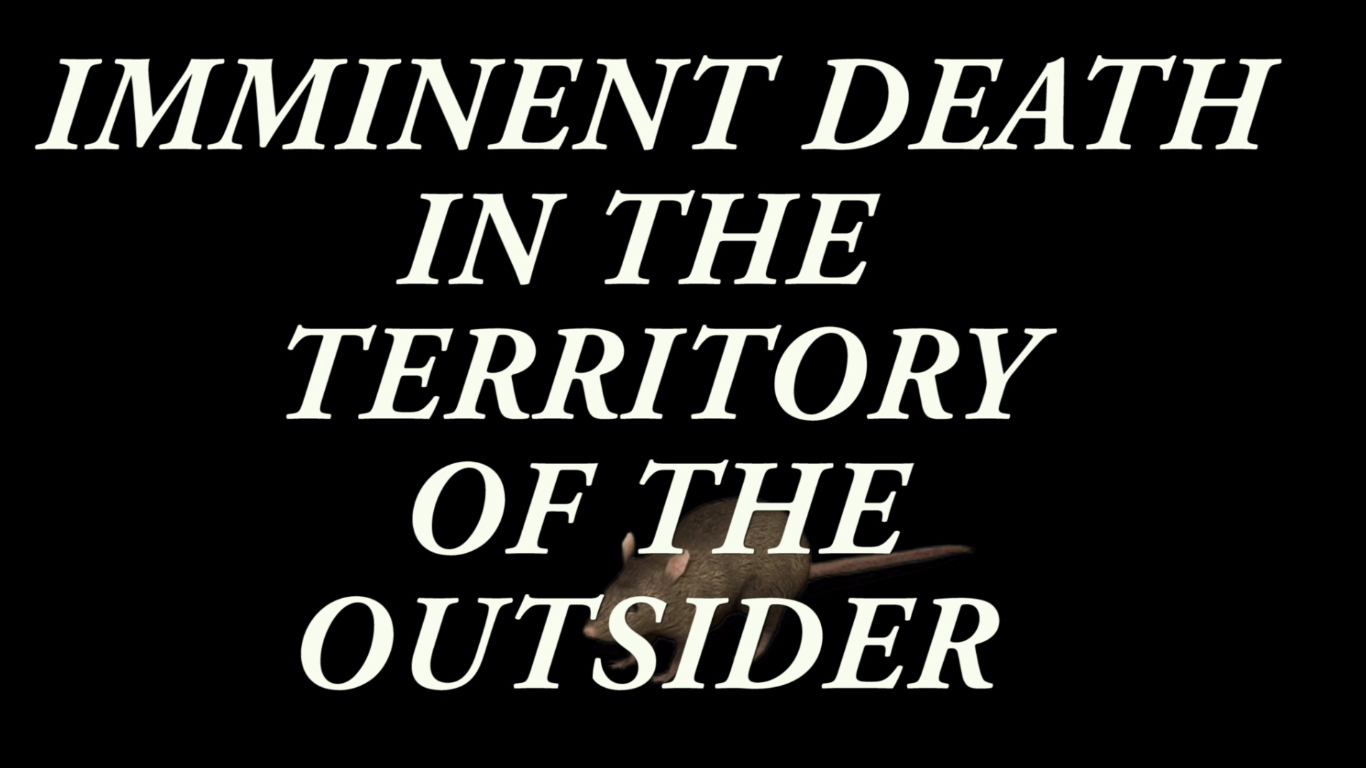
I agree, it’s important to be around other artists in the studio, not only for critique, but for an ongoing discourse around contemporary art practice. Serf school is important, adding that other dimension to a studio environment, making it a learning environment. Following on from that, do you see serf expanding, and working with other collectives/institutions in different cities?
I would definitely like to think so. We did a project last year with Embassy Gallery, which was a two part exchange of our spaces; Serf doing a show there, and Embassy doing a show at Serf. It was a great success and really beneficial for our studio holders. I think expanding networks through the UK and supporting each other with projects is vital. I don’t think any artists in our generation who either make work and/or run spaces would honestly describe it as a lonely venture - I think that’s definitely a super dated image of the artist. I believe that we need each other and beyond the professional connections you make, you do make a lot of friends, the ‘artist-led’ in the UK feels interconnected. We have an upcoming project with Turf Projects in London in December/January in their LOFT space.
Could it be said that artist led is the future of the art world? I have noticed how prominent it is becoming in Manchester at the moment, and it’s great. Some of my favourite studios/galleries in Manchester are COLLAR, Show Me Up, Paradise Works and Scaffold. They uphold an authenticity which is crucial in our current times.
I guess the notion and presence of ‘artist-led’ spans back a long time, but there does seem to be a lot of new spaces in the North popping up in the last few years, which is great.
I think sometimes the use of the term ‘artist led’ can often come with complications when trying to understand an organisations true function, model and concerns, so I think it’s important to pick apart. By this I mean how different spaces define, ‘artist-led’, exactly what that looks like, and the associations it has. I think it’s ok to question the genuine nature of a self-labelled ‘artist led’ space and whether it can be misused as a form of insignia. I believe there is a certain sense of hunger and candor that comes with the term, and feel it can sometimes be taken advantage of; whether it’s the direct use of the term, or the cultural capitalisation of these groups by larger institutions.
It goes without saying that a lot of young artists running spaces like this are doing it on top of working full time jobs to keep a roof over our heads. We thrive for creating exciting spaces and to carry out meaningful work, and we often forget about looking after ourselves and our peers. This was an important realisation for us recently where we held a meeting in which we really had to take a second to breathe, and commit to not only looking after our space and project, but each other and I think it’s something that is often forgotten about within voluntary work/spaces.
I think given the state of our government and county, the present and future is artist led, by its true definition. In in the uncertainty of our times and the precarious nature we are forced to exist in as artists there is a serious urgency for people to self-organise in these ways.
Having just moved to Glasgow, I am really excited to be discovering artist-led spaces in the city. Transmission in particular, is a space that I greatly admire.
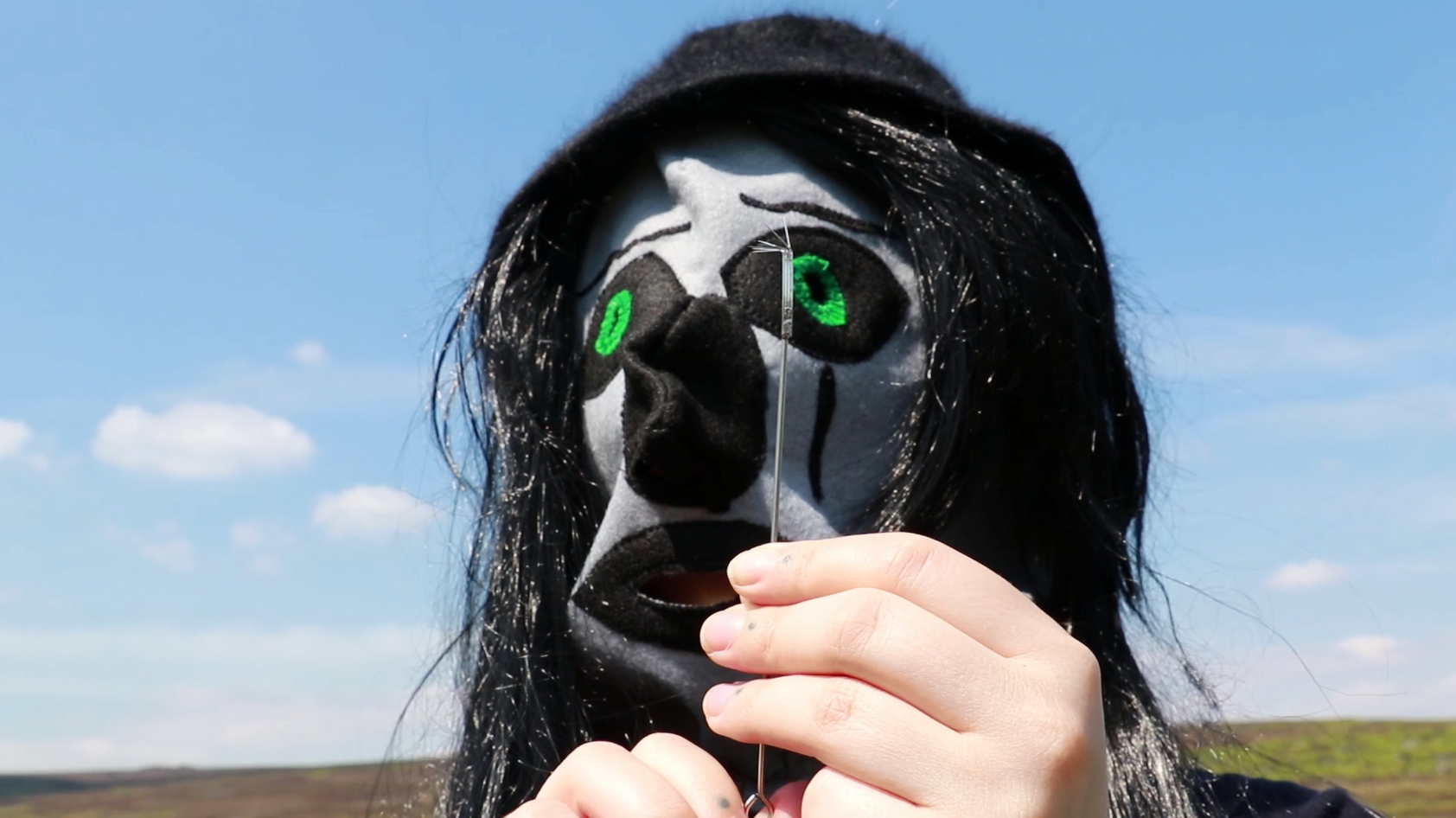
Yes, a ‘serious urgency’ is appropriate to describe the situation artists face. Being an artist requires a lot of balance, hard work and dedication, so I guess in most respects we forge our own paths.
Following on from the notion of balance/strength, I see many strong ideas circulating within your work, with clear bold narratives. I want to know a bit more about your recent show, ‘Double Dropping on a Phantom Island’, with Declan Colquitt at The NewBridge Project (another fantastic artist led space). Described as ‘exploring themes of nostalgia, recollection, place and identity’, Your video ‘The Morrigna’ is sharply made, with ritualistic satire and gesture. I would love to know about the folklore ideas behind the piece, and how misconceptions around witchcraft occured in the work?
This intensely collaborative show felt like another vital turning point within my work. Given the resources and support received from the curators involved; David McLeavy (Bloc Projects), Dean Brierley (Caustic Coastal) , Rebecca Huggen and The Newbridge Project itself, I felt a sense of unboundedness. I was afforded the time and encouragement to embark on such a large piece of work. Saying this, I believe the success of this exhibition ultimately came down to the seamless pairing with Declan Colquitt. We had never met before and being matched up in this way was certainly a new way of collaborating for us both – but it worked. Although we have different points of interest and direction within our practice, the commonalities were endless.
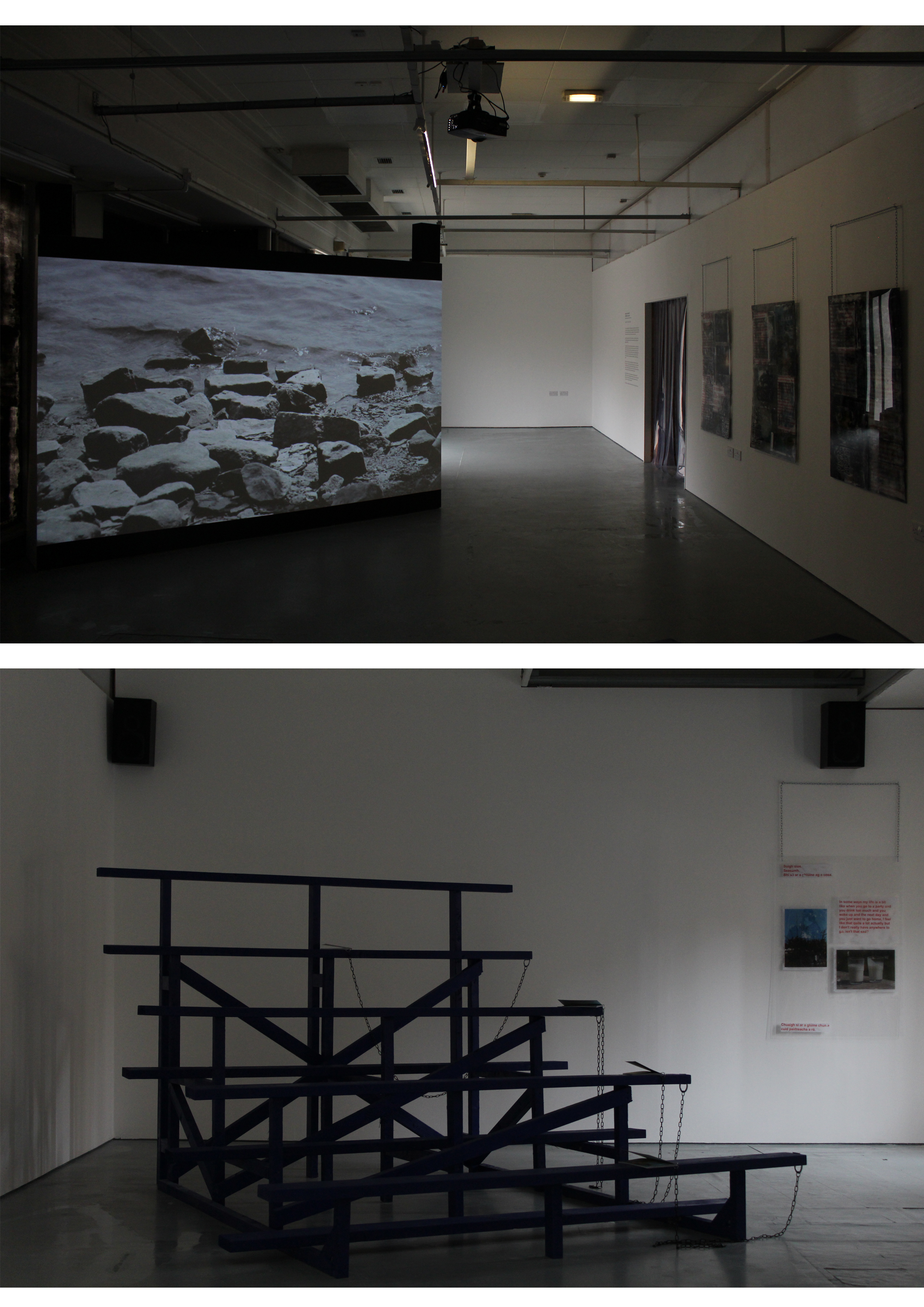
We were given a general overarching theme for the series of exhibitions, ‘Life in a Northern Town’ which we maybe weren't so comfortable with in the beginning, wanting to avoid certain tropes or cliches that come with work relating to identity and place. An interesting link for me to the north of England was certainly the idea of Irish immigration which Declan had raised as an obvious link, and as a lot of my work is tied to Ireland and my leaving Ireland it made sense to come in at it in that way. Declan had pointed out in our recent talk that despite the emotional involvement, tenderness and vulnerability we opened up to and gave each other throughout the process, the show was aesthetically quite moody and dark – but still made complete sense to the work. There are elements of trauma that exist – and are pretty rooted – within the show, but rather than spill our guts out in an objectifying or morbid way, those parts stayed between us. I believe the trust that came natural to our new and compelling friendship was intrinsic in creating the show, and the ultimate success of the collaboration.
In the beginning of our conversations where we were discussing our own interests within our work and in general, the idea of looking back and nostalgia to an extent was initially the overstretching theme that was drawing our work together. We were interested in the idea of the slippage of time, suspended time and lost futures. With this connection, and Declan exploring ideas of Niche bassline and the Icarian desire, the show came together as one collaborative installation. Declan created the sound work that was made with the film – a story based around The Morrígna, an Irish Goddess said to be made up of three entities, Badb, Macha and Nemain.
I have long been interested in using the mythological (specifically Irish mythology) as a way of storytelling that relates to contemporary and personal life, within a feminist framework. In addition to this the cryptographical has been a cornerstone of my work for the last few years, so ambiguity and a sense of unclearness of context is something I like to mess around with. By moving around the concept of past, present and future it creates a sense of placelessness and uneasiness. The film follows these three entities, who have been washed up on the Phantom Island of Hy Brasil. The 18 minute film is essentially these characters attempting to get off the island. They try to reach out to other Gods, by performing rituals and get increasingly frustrated with their seemingly hopeless situation, here I wanted to reflect on friendship, unsettledness, restlessness, and again placelessness. It becomes fairly psychotropic and strange as time goes on, essentially ending with the three accepting their fate to be bound to the island of Hy Brasil.
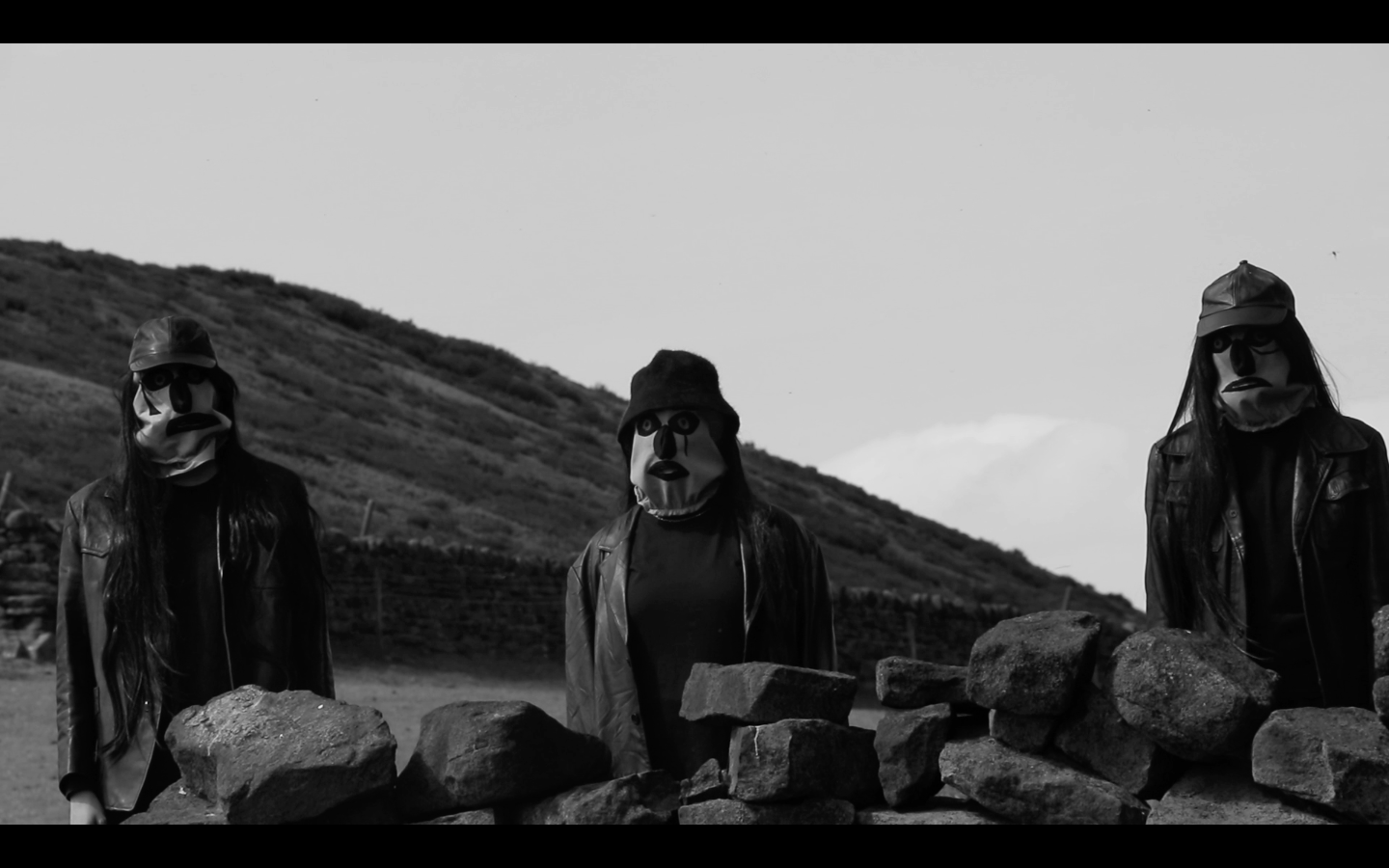
Explorations of Catholicism and organised religion are a continuous line of research within my work, and is inexplicably linked to my past and identity. This was the reasoning behind continuing my interest in building seating within the gallery space. The large bleachers that dominated the gallery were almost a tool in manipulating the viewer to sit. Ideas around the uncomfortable nature of being forced into watching something within a confined space – a film in an art gallery, a religious service in a chapel are something I am very much fascinated with.
I think the misconceptions surrounding witchcraft being used within my work are forgivable and easy to make, largely due to the ritualistic-type scenes that exist within the film, but as I have outlined it is more in relation to religion and the fantastical rather than the practice of witchcraft. I also believe that there is a gendered issue within this misconception. I am a strong advocate for attempting to push the boundaries of contemporary feminism within my work and wholly believe that a lot of mainstream, or ‘social media friendly’ feminism does not take into consideration the insane complexities of modern society, especially in relation to the accelerating advances of technology. I am trying to better inform myself of such issues and have been doing a lot of research – specifically – into Xenofeminism. The manifesto created by collective Laboria Cuboniks attempts to reject the claim that science and technology are inherently masculine or patriarchal. They state that, ‘The excess of modest in feminist agendas of recent decades is not proportionate to the monstrous complexity of our reality.’
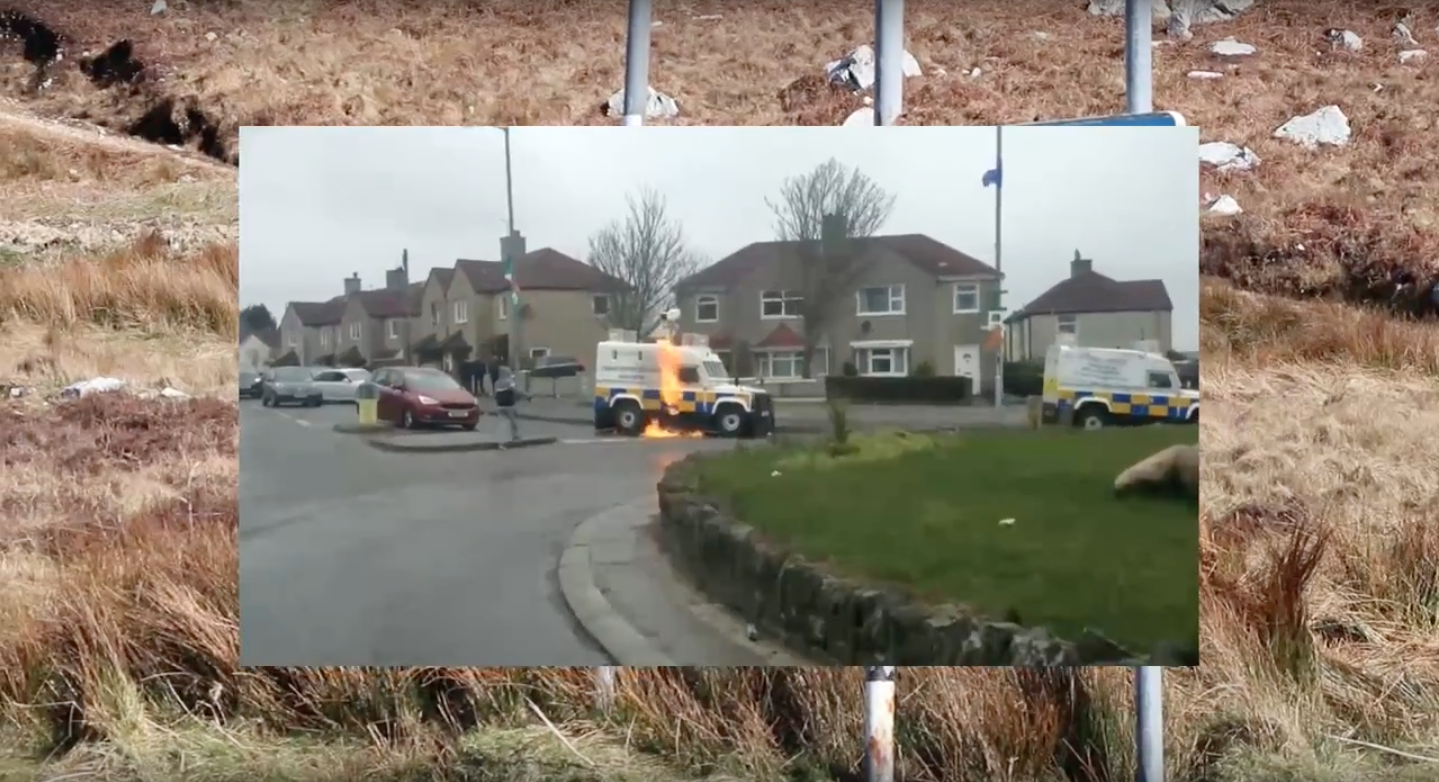
Xenofeminism fascinates me also. Our digital being as women is forever evolving. After making this work for ‘Double Dropping on A Phantom Island’, could you see video or digital practice being a permanent medium for you? And would your video work focus specifically on Xenofeminism?
I have been experimenting with moving image for the last year but making this particular film which was a much more megalithic process and task. Rather than utilising a lot of found footage and collaging it together, this was a film that was developed and created from scratch. It has definitely made me realise what I can get out of making moving image works whilst exercising all of the things I truly love like research, writing, scripting, storyboarding and using technology in general. I have a passion for film but it is an overwhelming thing to approach, but I was given a bit of an encouraging advice by friend and artist Mathew Parkin to pursue it. I was not surprised by the amount of time the film took to make, but no one could have prepared me for how long editing and organising raw footage took. Despite that I thoroughly enjoyed the process and feel like I have had a bit of a revelation with my practice in this sense, by that I mean I feel I have found a way to tell stories that is befitting of my practice. As well as this, through this exhibition I discovered a love for compiling research into the form of a publication (Declan also produced a publication). I collect so much imagery and writing over the course of planning an exhibition that I wanted to have this visible somewhere and this seemed like the best way to do so.
My research tends to be broad in the sense that my interests are broad, and I like to make links between unusual areas of research. I definitely think Xenofeminism will be a cornerstone to that research moving forward. I am in my research period of working on a new film (as part of the Tetley Artist Associate Programme) and it will most certainly be focusing on Xenofeminist theories – mainly ideas around anti-naturalism and gender abolition – in relation to motherhood, child bearing, the Virgin Mary and the immaculate conception.

The idea of ‘the immaculate’ is a complex one, and I feel this has had a huge bearing on the way women are treated in the contemporary age.
It’s great that you have resolved some ways to tell stories that best fit your practice, as your work focuses on such detailed concepts and ideas. Your work has a hyper up-to-date feel about it. It’s as if its already ahead of its time yet focusing on old theories, myths, ideas and complex problems.
Talking of story-telling; publications are fast becoming my favourite means of viewing art. I often find the publication that comes with an exhibition, the most useful or insightful part. I remember once seeing some drawings of yours in the studio. They have a rawness to them that would look super slick in publication format. Should we expect some publications for your next works?
Yes, me too actually. With all of the work I make, I like to expose elements of the background or inner workings that have led to finished works. It is not necessarily a case of ‘giving away’ the entirety of conceptualisation or thoughts behind the work, but to me it just gives it further contextual grounding. As writing and image archiving are so crucial to my finished works, I use this way of documentation to process those parts of my practice. When a show comes to and end I like to create PDF documents that not only include the images of the work within the gallery or show, but also include non-seen workings that have helped paved it. I also think it is definitely a personal preference to document work in this way, I love looking at other peoples sketchbooks, notebooks etc and feel it's opens up different conversations and to have them readily available, and I like to think it comes across as generous rather than oversaturation.
I have began working on a new publication which I hope to develop alongside a new film I am making over the next year. I want to delve deeper into the practice of story telling, the pilgrimage and Celtic mythology to look at Northern Irish politics, technology, and post-punk – as well as the specific feminist issues that exist within these infrastructures. Having been selected for the Tetley Artist Associate Programme, I will have access to the support and resources I need to make it possible – which I am really excited about.

Your practice pieces together in an intricate puzzle, the use of documents, drawings, video, objects. Your concepts spread beyond materiality, they’re mysterious, powerful, and emit a distinct sense of ownership. Like I said at the start, I first got to know your practice by seeing some drawings, and having a brief discussion about folklore. And Congratulations on the Associate Programme! You must be delighted. I look forward to seeing your development over the coming year exploring those concepts; it’ll be refreshing to see how you interpret the specific feminist issues within those infrastructures.
Your practice left me wanting to know more, and the beauty of it is, it still does.
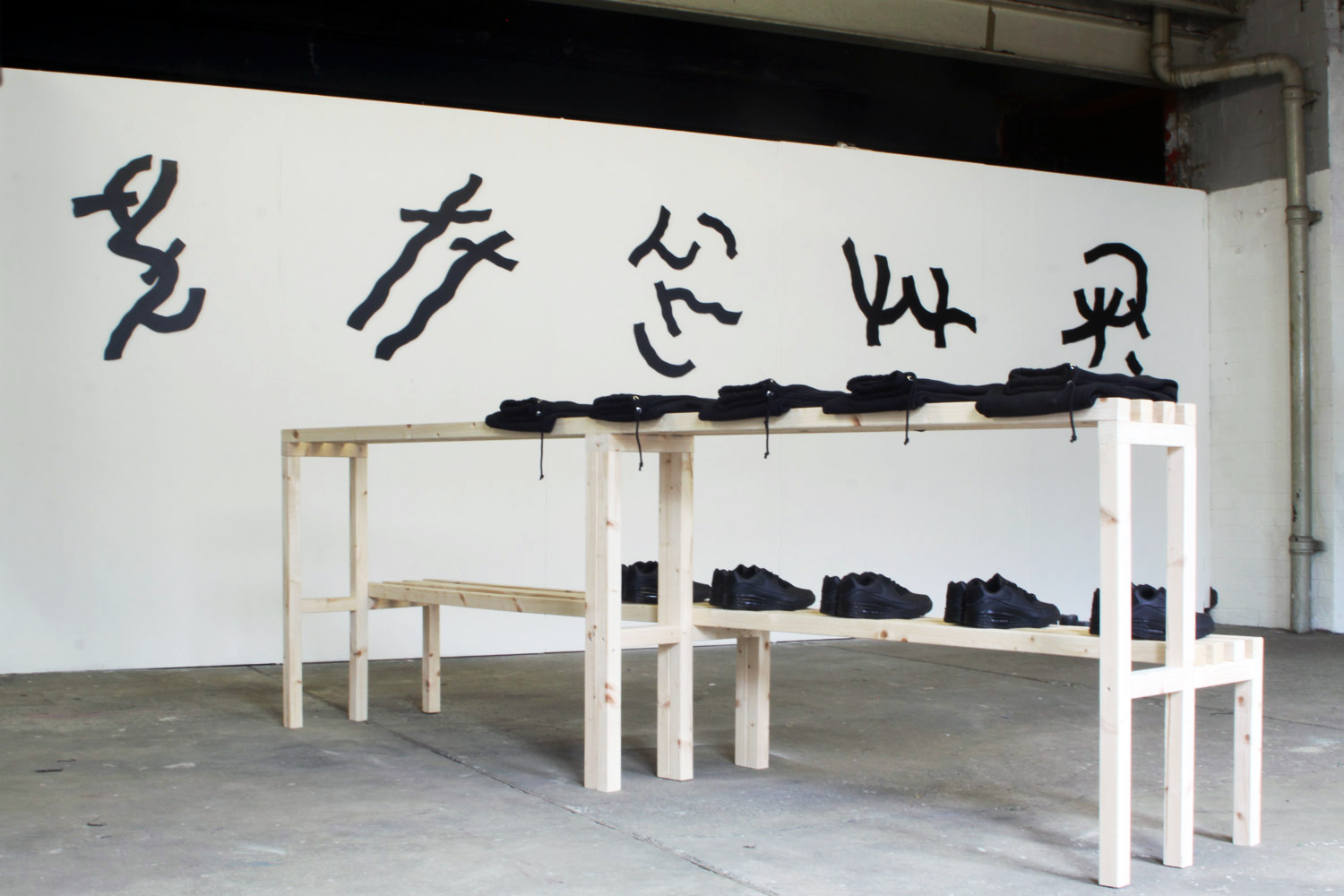
-
Michaela Cullen B. Belfast 1991, is the Co-founder of serf, Leeds, and lives/works between both Glasgow and Leeds. She works primarily in moving image, sculpture and installation. She had a solo show ‘Crawling hand in hand, out of the window’, 2017 at Assembly House, and a duo show with Sam Hutchinson ‘Selling Crass Tees to Upper Class Kids, 2017; Allen Rd Sculpture Park, GRAFT, in 2017. Her most recent exhibition was ‘Double Dropping on a Phantom Island’ with Declan Colquitt, at The Newbridge Project, Gateshead. She has an upcoming project with The Offy. Cullen will also participate in School of the Damned, Class of 2019. Cullen has recently been selected for the Tetley Artist Associate Programme (selected by a panel including Bryony Bond, Artistic Director, The Tetley; Laurence Sillars, Head of Exhibitions, Henry Moore Institute and Rehana Zaman, artist.)
Cullen has the publication, ‘Double Dropping on a Phantom Island’ available in Newbridge Books, Baltic 39, Newcastle and Village Bookshop Leeds.
-
www.michaelacullen.co.uk/
-
If you like this why not read our interview with James Clarkson
-
© 2013 - 2018 YAC | Young Artists in Conversation ALL RIGHTS RESERVED
